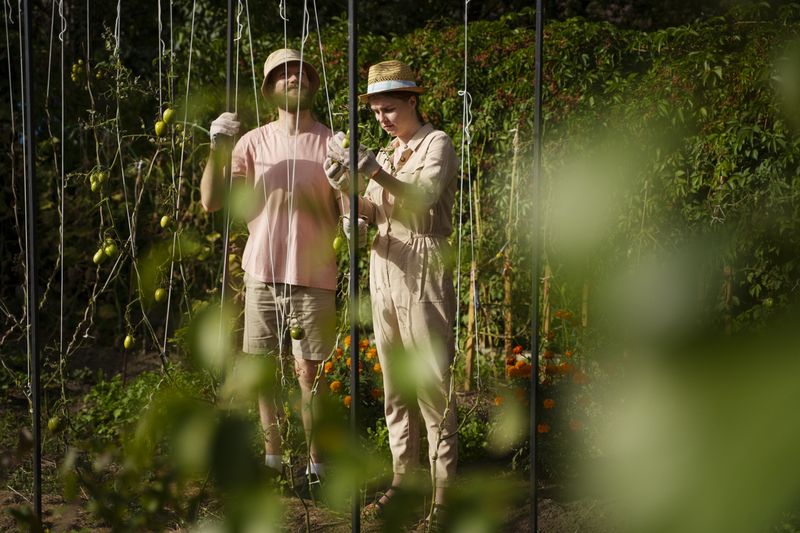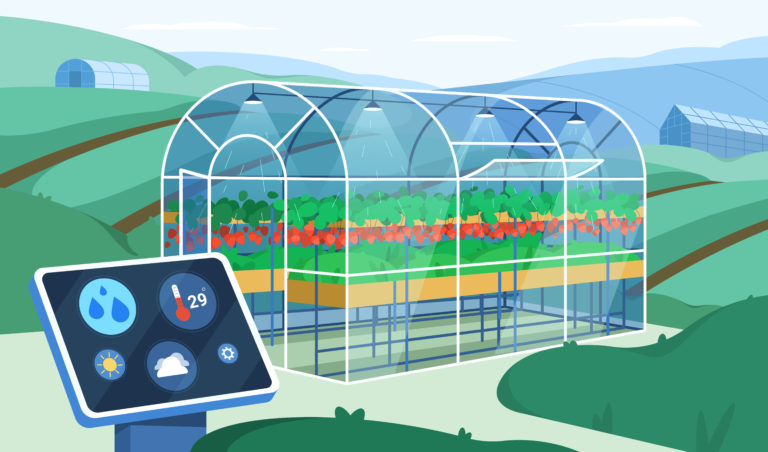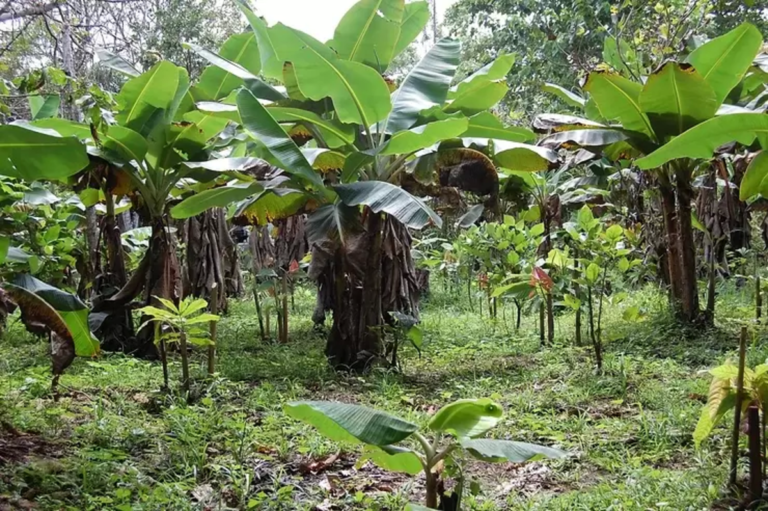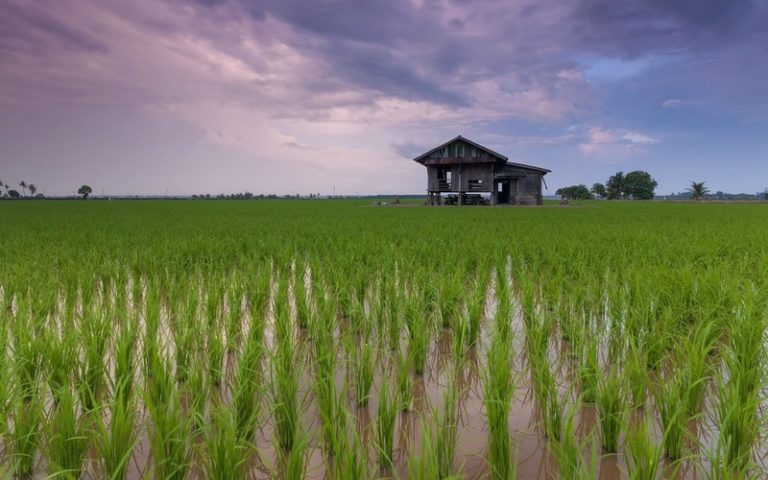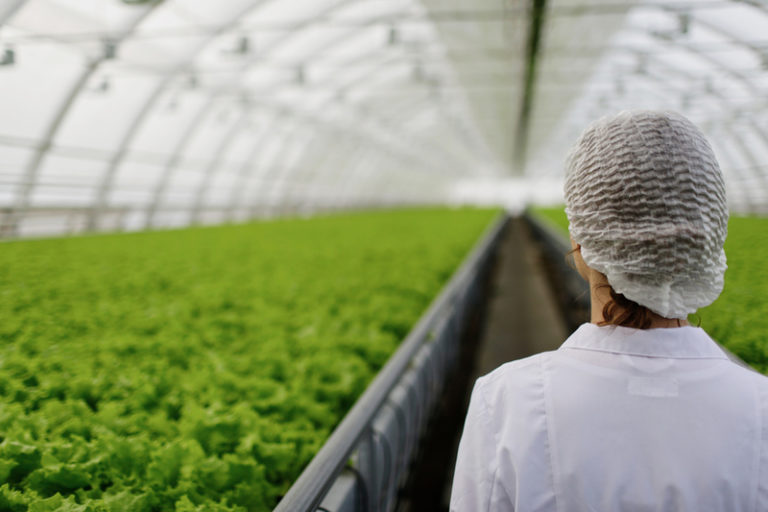History of Sustainable Agriculture: A Look at the Evolution of Farming Practices
The history of sustainable agriculture can be traced back to ancient civilizations such as the Mayans, who developed advanced irrigation systems and implemented crop rotation practices to maintain soil fertility.
Sustainable agriculture is a way of farming that tries to grow food while taking care of the environment and keeping farm animals healthy and happy.
In recent years, this method has gotten a lot of attention because of the problems with traditional farming, such as soil erosion, water pollution, and the release of greenhouse gases.
Sustainable farming goes back to ancient cultures like the Mayans, who used advanced irrigation systems and crop rotation to keep the soil healthy.
In Asia, the Chinese came up with methods like terraces and aquaculture to stop soil from washing away and increase crop yields.
In Europe during the Middle Ages, farmers practiced a form of sustainable agriculture known as the “Three-Field System.” This was done by dividing fields into three parts.
Each year, one part was left fallow to let the soil rest and get its fertility back. Farmers also used manure as a natural fertilizer and switched crops around to keep pests away.
During the 20th century, agriculture became increasingly industrialized with the introduction of chemical fertilizers, pesticides, and genetically modified crops.
While these innovations helped increase yields, they also led to negative environmental and social impacts, such as soil erosion, water pollution, and loss of biodiversity.
In response to these issues, the sustainable agriculture movement began to gain momentum in the 1960s and 1970s. One of the key figures in this movement was the American ecologist and farmer, Wes Jackson.
He founded the Land Institute in Kansas in 1976 to research and develop perennial crops that would require less tillage and reduce soil erosion.
Another important development was the organic farming movement, which began in the 1940s and 1950s in response to concerns about the negative impacts of synthetic pesticides and fertilizers.
Organic farming uses things like crop rotation, cover crops, and composting to keep the soil healthy and keep pests away.
In the past few years, governments, businesses, and consumers have become more aware of and supportive of sustainable agriculture. The UN has said that sustainable agriculture is a key way to solve global problems like food security, climate change, and the loss of biodiversity.
Sustainable farming methods continue to change and get better today, and new ideas like precision agriculture, agroforestry, and regenerative agriculture are becoming more popular. The goal of these methods is to get the most crops while hurting the environment and society as little as possible.
In conclusion, sustainable agriculture has a long and interesting history that goes back thousands of years and includes practices and methods from all over the world.
The industrialization of agriculture has had bad effects on both the environment and society, but the sustainable agriculture movement is a good alternative that puts the environment and people first.
Also Read:
Vertical Farming: A Green Alternative to Conventional Agriculture

